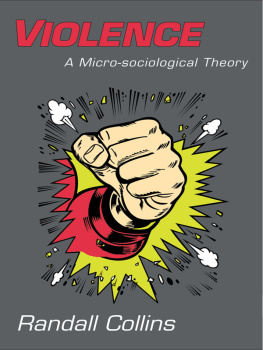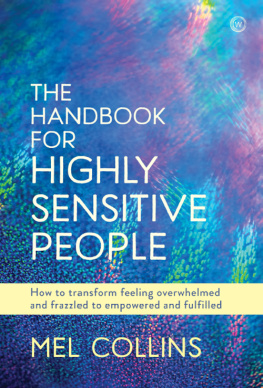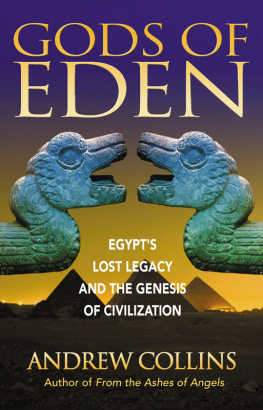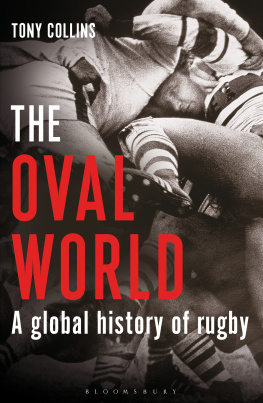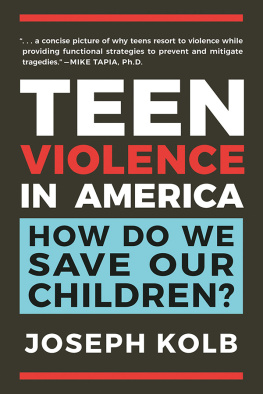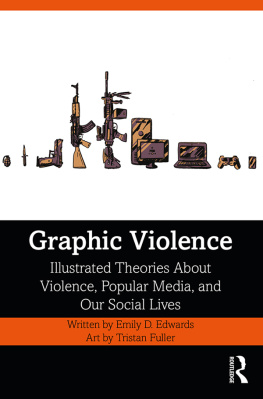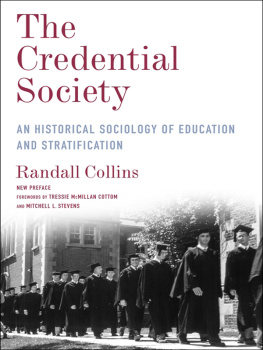
Violence
Violence
A MICRO-SOCIOLOGICAL THEORY
Randall Collins
PRINCETON UNIVERSITY PRESS
PRINCETON AND OXFORD
Copyright 2008 by Princeton University Press
Published by Princeton University Press, 41 William Street, Princeton, New Jersey 08540
In the United Kingdom: Princeton University Press, 3 Market Place, Woodstock, Oxfordshire OX20 1SY
All Rights Reserved
Library of Congress Cataloging-in-Publication Data
Collins, Randall, 1941
Violence : a micro-sociological theory / Randall Collins.
p. cm.
Includes bibliographical references and index.
ISBN-13: 978-0-691-13313-3 (hardcover : alk. paper)
ISBN-10: 0-691-13313-1 (hardcover : alk. paper)
1. ViolenceUnited States. 2. ViolenceUnited StatesPsychological aspects. I. Title.
HM1121.C64 2008
303.60973dc22 2007015426
British Library Cataloging-in-Publication Data is available
This book has been composed in Sabon
Printed on acid-free paper.
press.princeton.edu
Printed in the United States of America
10 9 8 7 6 5 4 3 2 1
Contents
Epilogue
Practical Conclusions |
Illustrations and Tables
Illustrations
Tables
Acknowledgments
I AM INDEBTED to the following for advice, comments, or information: Jack Katz, Elijah Anderson, Larry Sherman, Anthony King, Curtis Jackson-Jacobs, Georgi Derlugian, David Grazian, Marc Sageman, Tom Scheff, Eric Dunning, Johan Goudsblom, Johan Heilbron, Murray Milner, Robin Wagner-Pacifici, Katherine Newman, Dan Chambliss, Jerry M. Lewis, Geoffrey Alpert, Jens Ludwig, Meredith Rossner, Wes Skogan, Lode Walgrave, Ian ODonnell, Nikki Jones, Peter Moskos, Alice Goffman, Deanna Wilkinson, Maren McConnell-Collins, Ken Donow, Jon Olesberg, Jon Turner, Rae Lesser Blumberg, Anthony Oberschall, Rose Cheney, Irma Elo, Patricia Maloney, Mollie Rubin, Clark McCauley, Judith McConnell, Heather Strang, Stefan Klusemann, Donald Levine, Robert Emerson, Jeff Goodwin, Richard Trembley, and Anthony McConnell-Collins. I thank also colloquium participants at the universities of Amsterdam, Cambridge, Copenhagen, Galway, University College Dublin, Notre Dame, Princeton, Kent State, UCLA, and at the International Institution for the Sociology of Law at Onati, Spain; officers of the San Diego and Philadelphia Police Departments, California Highway Patrol, New Jersey State Police, and the Irish Garda; and members of my classes in social conflict at University of California Riverside and University of Pennsylvania. I owe special thanks to Danielle Kane, who provided invaluable research assistance. The Solomon Asch Center for Study of Ethnopolitical Conflict has provided a stimulating environment for discussions of multiple aspects of conflict, as have the Jerry Lee Center for Criminology and the Department of Criminology at the University of Pennsylvania.
Violence
CHAPTER 1
The Micro-sociology of Violent Confrontations
THERE IS A VAST ARRAY of types of violence. It is short and episodic as a slap in the face; or massive and organized as a war. It can be passionate and angry as a quarrel; or callous and impersonal as the bureaucratic administration of gas chambers. It is happy as drunken carousing, fearful as soldiers in combat, vicious as a torturer. It can be furtive and hidden as a rape-murder, or public as a ritual execution. It is programmed entertainment in the form of sporting contests, the plot tension of drama, the action of action-adventure, the staple shocker of the news edition. It is horrible and heroic, disgusting and exciting, the most condemned and glorified of human acts.
This vast array can be explained by a relatively compact theory. A few main processes, in combination and in differing degrees of intensity, give the conditions for when and how the various forms of violence occur.
Two moves will set up the analysis. First, put the interaction in the center of the analysis, not the individual, the social background, the culture, or even the motivation: that is to say, look for the characteristics of violent situations. That means looking for data that gets us as close as possible into the dynamics of situations. Second, compare across different kinds of violence. We need to break down the usual categorieshomicides in one research specialty, war in another, child abuse in another, police violence yet elsewhereand look for the situations that occur within them. Not that all situations are the same; we want to compare the range of variation in situations, which affects the kind and amount of violence that emerges. This will turn the wide variety of violence into a methodological advantage, giving clues to the circumstances that explain when and in what manner violence unfolds.
VIOLENT SITUATIONS
Not violent individuals, but violent situationsthis is what a micro-sociological theory is about. We seek the contours of situations, which shape the emotions and acts of the individuals who step inside them. It is a false lead to look for types of violent individuals, constant across situations. A huge amount of research has not yielded very strong results here. Young men, yes, are most likely to be perpetrators of many kinds of violence. But not all young men are violent. And middle-aged men, children, and women are violent too, in the appropriate situations. Similarly with background variables such as poverty, race, and origins in divorce or single-parent families. Though there are some statistical correlations between these variables and certain kinds of violence, these fall short of predicting most violence in at least three aspects:
First, most young men, poor people, black people, or children of divorce do not become murderers, rapists, batterers, or armed robbers; and there are a certain number of affluent persons, white people, or products of conventional families who do. Similarly, the much asserted explanation that violent offenders are typically past victims of child abuse accounts for only a minority of the cases.
Second, such analysis conveys a plausible picture of the etiology of violence only because it restricts the dependent variable to particular categories of illegal or highly stigmatized violence; it does not hold up well when we broaden out to all kinds of violence. Poverty, family strain, child abuse, and the like do not account for police violence or for which soldiers do the most killing in combat, for who runs gas chambers or commits ethnic cleansing. No one has shown that being abused as a child is likely to make someone a cowboy cop, a carousing drunk, or a decorated war hero. No doubt there are readers who will bridle at the suggestion; for them, violence naturally falls into hermetically sealed sections, and bad social conditions should be responsible for bad violence, whereas good violencewhich is not seen as violence at all, when it is carried out by authorized state agentsis not subject to analysis since it is part of normal social order. In this way of thinking, there is an intermediate category of innocuous or naughty violence (i.e., carousing that gets out of hand), or violence that is committed by good persons; this is explained, or explained away, by another set of moral categories. Such distinctions are a good example of conventional social categories getting in the way of sociological analysis. If we zero in on the situation of interactionthe angry boyfriend with the crying baby, the armed robber squeezing the trigger on the holdup victim, the cop beating up the suspectwe can see patterns of confrontation, tension, and emotional flow, which are at the heart of the situation where violence is carried out. This is another way of seeing that the background conditionspoverty, race, childhood experiencesare a long way from what is crucial to the dynamics of the violent situation.
Next page
